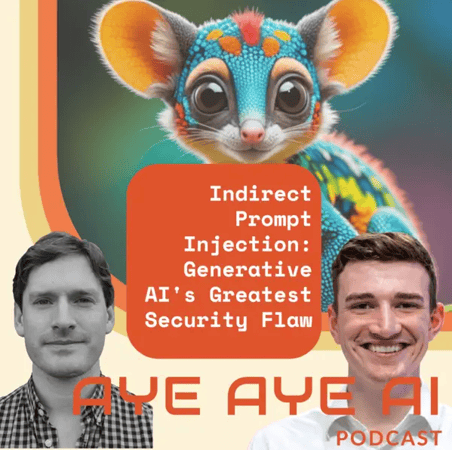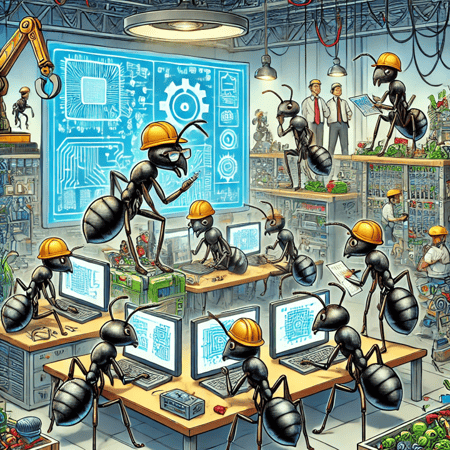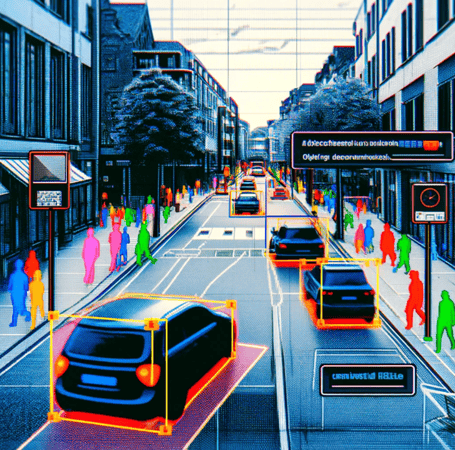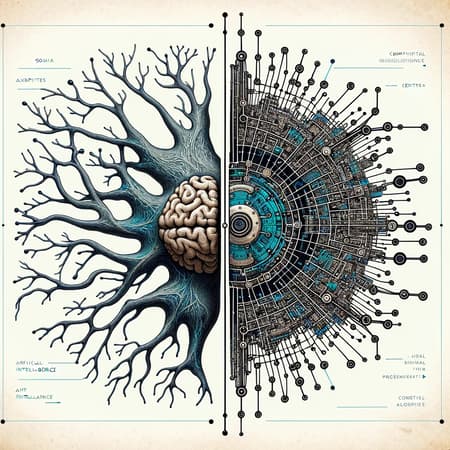DALL-E 3 Is capable of producing three sizes. But let’s use the square size as an example. It produces an image with dimensions 1024 X 1024. This is 1,048,576 individual pixels.
That’s already a fairly large number, but we haven’t got to the dimension of colour depth yet.
Consider how many different colours anyone pixel could be. Maybe you never have. Maybe this is the first time that you’re wondering how many different colours a pixel could be. Well, let us tell you how many colours a pixel can be.
DALL-E 3, the latest image model integrated with GPT-4, is capable of producing images in 24-bit colour, as is common in JPEG images.
In a 24-bit colour system, each pixel has three colour channels - red, green, and blue. Each colour channel in a 24-bit colour system can display 256 shades due to its 8-bit representation.
In digital systems, a bit is a basic unit of information that can have a value of either 0 or 1. With 8 bits, you can have 2^8 (which is 256) different combinations, ranging from 00000000 to 11111111 in binary (i.e. ... 00010101...)
So, each channel is capable of displaying 256 shades; therefore, the total number of colours available is the product of the shades in each channel, which is 256 (red) x 256 (green) x 256 (blue), equalling 16,777,216 possible colours for each pixel.
To determine the total possible variations a 1024 X 1024 image could be, you take the total number of colours each pixel can be to the power of number of individuals pixels. Expressed numerically, this looks like this:
= (256^3)^(1024^2)
= 16,777,216^1,048,576
(DISCLAIMER FOR THE MATHS PROS:
This number actually depends on your definition of uniqueness. If you ignore symmetries then this number is correct, but it's smaller if you don't. For example, imagine a simpler case of 2x2 pixels where every pixel is white, except one which is black. You can then imagine that moving the location of the black pixel doesn't actually change the image, it's just a rotation of the original. In the case of a much larger image, these symmetries become quite complicated to calculate. I'd say you can probably just keep it simple by prefacing these numbers with: "if you ignore symmetries...".)










